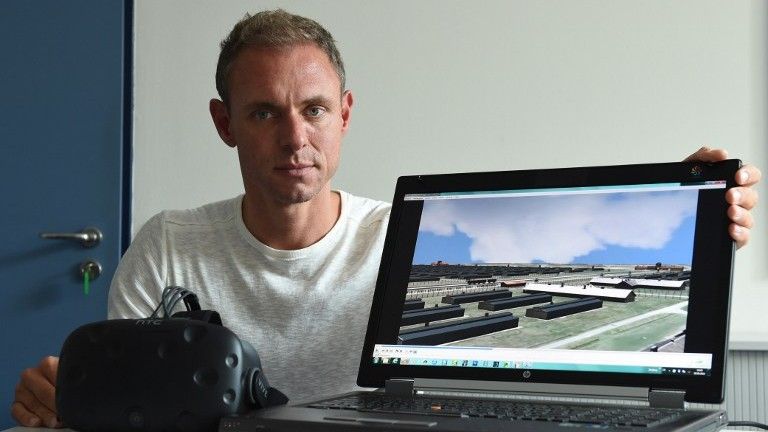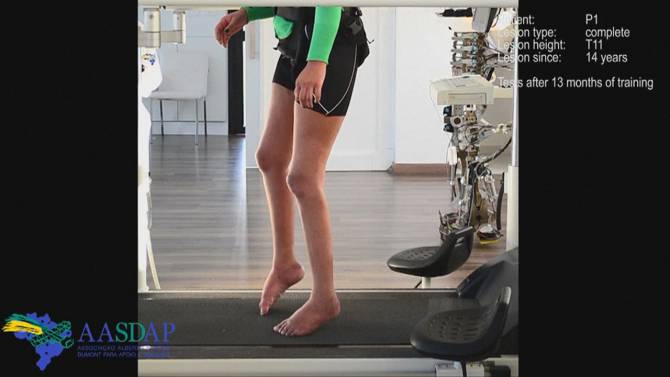“Let’s start from the ground up. Forget the room scale debate: the VR setup of the future moves with you.”


“Let’s start from the ground up. Forget the room scale debate: the VR setup of the future moves with you.”

NASA-funded project sends holographic recordings of real humans in Virtual Reality to crew members of 12-month Simulated Mars Isolation Study
October 13 2016 — As NASA prepares for its Journey to Mars in mid 2030’s, an experiment recently concluded in a remote University of Hawaii Mars simulation site to study the effects of long term isolation on an international team of six scientists, and the potential for virtual reality as an asynchronous communication tool. In a first of its kind pilot, the subjects at the facility called HI-SEAS have received holographic recordings of astronaut Buzz Aldrin and vocal artist/comedian Reggie Watts, which when viewed in virtual reality, simulate true presence and could help mitigate the feeling of isolation.
The research, led by R&D consulting company SIFT (Smart Information Flow Technologies), is enabled by holographic software company 8i, which developed proprietary technology to bring photorealistic holograms of humans into virtual and augmented reality experiences.



In Brief.
With the rise of specialized hardware such as the HTC Vive, Oculus Rift, and Samsung Gear VR, virtual reality (VR) is at its most accessible point ever. It provides an immersive and realistic simulation of an environment, one which is created entirely through software and hardware. And notably, this environment can be experienced or controlled by the movements of your body. To this end, VR opens up an entirely new world (literally) of possibilities.
Into programming? Now you can be *inside* programming.
First, you could see virtual reality. Then, you were able to hear and feel virtual reality.
Now, you can “smell” virtual reality?


In an astonishing breakthrough, patients left paralysed by severe spinal cord injuries have recovered the ability to move their legs after training with an exoskeleton linked to their brain – with one even able to walk using two crutches.
Scientists developed the Walk Again Project, based in Sao Paulo, Brazil, thinking that they could enable paraplegics to move about using the exoskeleton controlled by their thoughts. But they were surprised to discover that during the training, the eight patients all started to regain the sense of touch and movement below the injury to their spine. It was previously thought that the nerves in seven of the patients’ spines had been completely severed.
But the researchers now believe that a few nerves survived and these were reactivated by the training, which may have rewired circuits in the brain. Writing in the journal Scientific Reports, they said: “While patient one was initially not even able to stand using braces when placed in an orthostatic posture, after 10 months of training the same patient became capable of walking using a walker, braces and the assistance of one therapist. “At this stage, this patient became capable of producing voluntary leg movements mimicking walking, while suspended overground.